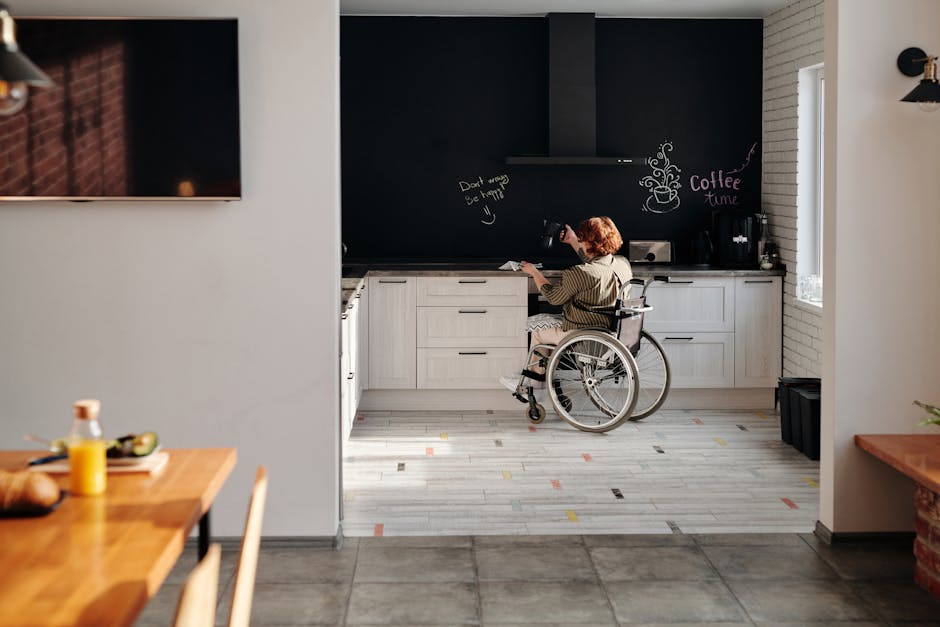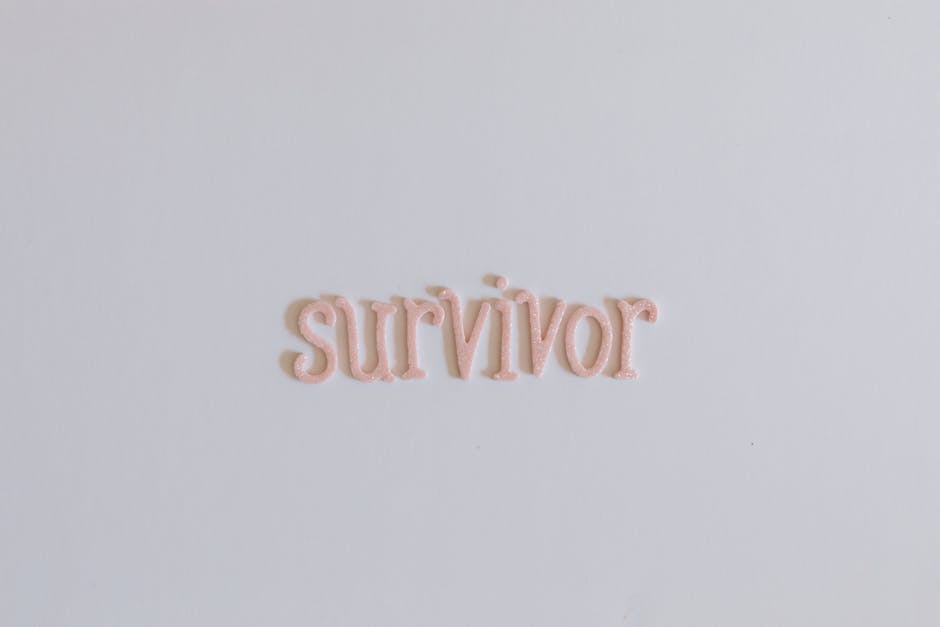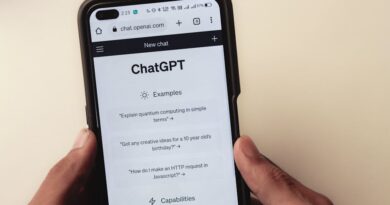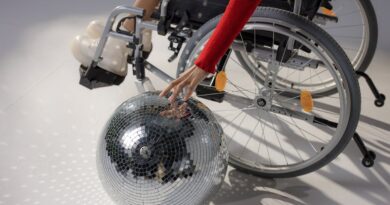Empowering Users with Accessibility-First Design
Did you know that over 1 billion people worldwide experience some form of disability? it’s a huge number, and it’s growing. Accessibility-first design helps create a digital world that everyone can use. But what does this mean for you? How can it change the way you interact with technology every day? Lets explore this exciting topic together!
What is Accessibility-First Design?

Accessibility-first design means putting accessibility at the forefront of any design process. Simply put, it’s about making sure that all users can interact with a website or app comfortably. This includes people with disabilities, but also those who might just have different needs.
Imagine trying to read a website with small text and poor contrast. It can be frustrating, right? Now think about someone who is visually impaired. For them, this design is not just annoying; it’s a barrier. Accessibility-first design removes those barriers. It allows everyone to engage fully with content.
Why is Accessibility Important?

Accessibility is not just a nice-to-have; it’s a need. Here are some compelling reasons why:
- Wider Audience Reach: By making your design accessible, you open up your content to a larger audience.
- Legal Requirements: Many countries have laws that require accessibility in digital products.
- Improved User Experience: Good design benefits everyone. When you design for accessibility, you enhance usability for all users.
- Market Advantage: Brands that prioritize accessibility can stand out in a competitive market.
Research shows that companies that invest in accessibility see a significant return. A report from the W3C states that accessible design can lead to better customer satisfaction and loyalty.
How Can You Make Design More Accessible?

Now that we understand the importance of accessibility, how can we implement it? Lets break down some key steps.
1. Use Clear and Simple Language
When creating content, clear language matters. Avoid jargon and complicated phrases. Use everyday words that everyone can understand.
For instance, instead of saying utilize, you can simply say use. Short sentences also help. They make information easier to digest.
2. Optimize Visual Elements
Visuals are a big part of web design. But they can also be a barrier. Here are some tips to optimize visuals:
- Contrast: Ensure there is enough contrast between text and background. This helps those with vision impairments.
- Alt Text: Always add descriptive alt text to images. Screen readers use this to describe images to users.
- Font Size: Use a legible font size. A good rule of thumb is to use at least 16px for body text.
For example, if you’re using an image of a beach, your alt text could read: A sunny beach with white sand and clear blue water. This gives users a clear image in their minds.
3. Ensure Keyboard Navigation
Many users rely on keyboards to navigate websites. To make your site accessible:
- Ensure all interactive elements can be accessed using the keyboard.
- Use clear focus indicators so users know what they’re selecting.
- Test your site without a mouse to identify potential issues.
This way, users can easily move through your site, accessing information without frustration.
4. Provide Captions and Transcripts
Video content is everywhere. Making it accessible is crucial. Adding captions and transcripts helps people with hearing impairments and those who prefer reading along. Here are some suggestions:
- Use accurate and synchronized captions for videos.
- Provide transcripts for audio content.
This not only helps users with disabilities but also enhances comprehension for all viewers.
What Are Common Misconceptions About Accessibility?

There are several myths surrounding accessibility. Lets clear some of them up.
Myth 1: Accessibility is Just for Disabled Users
While accessibility is crucial for users with disabilities, it benefits everyone. Think about how captions help people in noisy environments or how large buttons make it easier for anyone to click.
Myth 2: Accessibility is Expensive
Some believe making a site accessible is costly. In reality, it can save money. Investing early prevents needing costly redesigns later. Plus, it can increase your audience and revenue.
Myth 3: it’s Only About Compliance
Many view accessibility as a checkbox to tick for legal reasons. However, true accessibility improves the overall experience. It shows you value all users.
How Do You Test for Accessibility?
Testing is a vital part of the design process. Here are some methods to consider:
- Automated Tools: Use tools like WAVE or Axe to find accessibility issues.
- User Testing: Involve real users, especially those with disabilities, to get feedback.
- Keyboard Navigation Testing: Ensure your site is navigable using only a keyboard.
Testing helps identify barriers and allows you to make necessary changes before launch.
What Can You Do Right Now?
Feeling inspired? Here are some actionable steps to take:
- Review your current website or app for accessibility features.
- Join an online accessibility course to learn more.
- Engage with users to gather feedback on their experiences.
Making small changes can lead to a big impact. Start today, and you’ll contribute to a more inclusive digital world.
Conclusion: Accessibility Empowers Us All
Accessibility-first design is about more than compliance; it’s about empowerment. When we create inclusive designs, we craft experiences that everyone can share.
As we continue to move toward a more connected digital future, lets remember that accessibility is key. it’s not just the right thing to do; it’s the smart thing to do.
Start your journey toward accessibility today. Embrace the power of design that welcomes everyone.
For more insights, check out our related post on Creating Inclusive Content for All Users.



